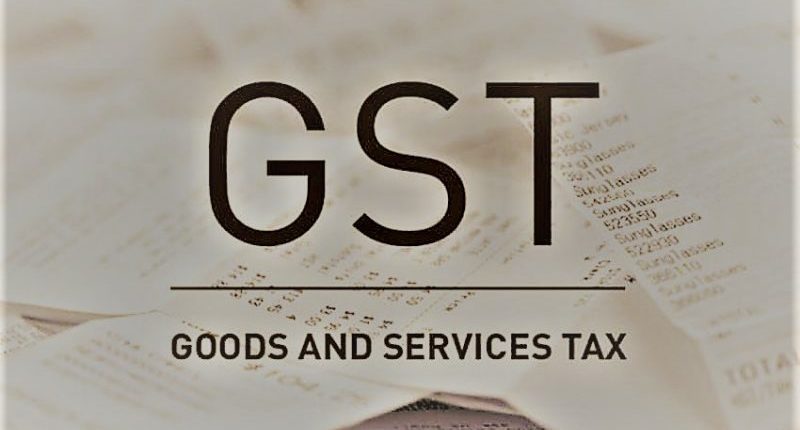The Goods and Services Tax (GST) Act allows registered businesses to claim the Input Tax Credit (ITC) paid on inputs, input services or capital goods while paying output tax on final products or services. This ITC claim process prevents the cascading of taxes and helps in lowering the tax burden.
Sources say that the 12% GST rate is under consideration for the textile and footwear segment to correct the inverted duty structure and allow manufacturers to claim the full ITC. However, the impact of raised tax on the end price will only be marginal as manufacturers are expected to pass on the ITC benefit to consumers.
Current GST rates on apparel and footwear
Following are the present rates charged on final products in apparel and footwear:
| Sector | Valued up to Rs.1,000 | Valued more than Rs.1000 |
| Apparels | GST@5% | GST@12% |
| Footwear | GST@5% | GST@18% |
The textiles sector is currently suffering severely due to the inverted duty structure as the value chain ranges from 5% to 18% as below:
| Apparel raw material | GST rate |
| Cotton, natural fibre and yarn | 5% |
| Man-made yarn | 12% |
| Man-made fibre | 18% |
Similarly, in the footwear sector, GST rates on raw materials are as follows:
| Footwear raw material | GST rate |
| Leather | 5% |
| Technical textiles (used in the manufacturing of footwear) | 12% |
| Soles, components, chemicals, consumables, services, and capital goods | 18% |
However, 70% of the inputs have GST of more than 5%is paid, a 5% tax on end product costing up to ₹1,000 creates inversion.
Proposed GST rates from January 2022
Sources say there is a chance that the GST Council may allow charging a uniform GST rate of 12% on apparel. However, two GST slabs might be made for footwear, such as 12% for footwear valued at Rs.1,000 and 18% for items valuing more than Rs.1,000.
Impact
The taxpayers can claim the refund of unutilised ITC in case of an inverted duty structure. However, it leads to working capital issues and increases scrutiny work for the department. The proposed changes are in the right direction of reducing working capital blockage and improve their cash flows.
Hence, these can be considered as a sign of relief for the two sectors. Further, it might slightly increase the price of footwear and apparel and impact many consumers. However, consumers could benefit from this move if the manufacturers benefit from improved cash flows by reducing the product prices.
Join our Telegram channel to keep getting updates on all things finance.
For any clarifications/feedback on the topic, please contact the writer at dvsr.anjaneyulu@cleartax.in
DVSR Anjaneyulu known as AJ, is a Chartered Accountant by profession. Loves to listening to music & spending time with family and friends.





